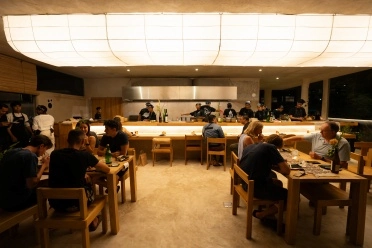Have you ever wondered what lies behind the striking faces of Balinese masks? Known locally as Tapel, these masks are far more than just eye-catching ornaments. But what makes these masks so important to Balinese life, and why do they continue to captivate audiences both locally and globally? Dive into the intriguing world of Balinese Tapel, where artistry meets spirituality in every delicate carving.
‘Tapel’ of the Ages: The Marvelous History of Balinese Mask
Rooted in History
The use of masks in Bali can be traced back to ancient times when they were crafted and worn as part of sacred religious practices. Tapel is deeply intertwined with Balinese Hinduism, and its use in various forms of storytelling reflects the close connection between the people, their beliefs, and the divine world. Masks are often used in Balinese dance-dramas, such as Topeng and Barong, where performers depict gods, mythical creatures, or historical figures. These performances are not merely entertainment; they are sacred acts that aim to preserve the balance between good and evil forces.

In particular, the Barong dance features the Barong mask, a lion-like creature symbolizing good, which battles Rangda, a demon queen that represents evil. This battle is a profound depiction of the eternal struggle between good and evil, a core concept in Balinese spirituality. The performance of these dances often serves as a form of protection for the community, as it is believed to ward off negative forces.
The Craft
The creation of Balinese masks, or Tapel, is an art form that requires both skill and devotion. The process begins with selecting the right type of wood, often from sacred trees such as pule or cempaka, which are believed to have spiritual significance. Mask makers, known as undagi tapel, are often highly respected artisans in their communities. They approach the task with reverence, as they believe the masks they craft will house spiritual energy.
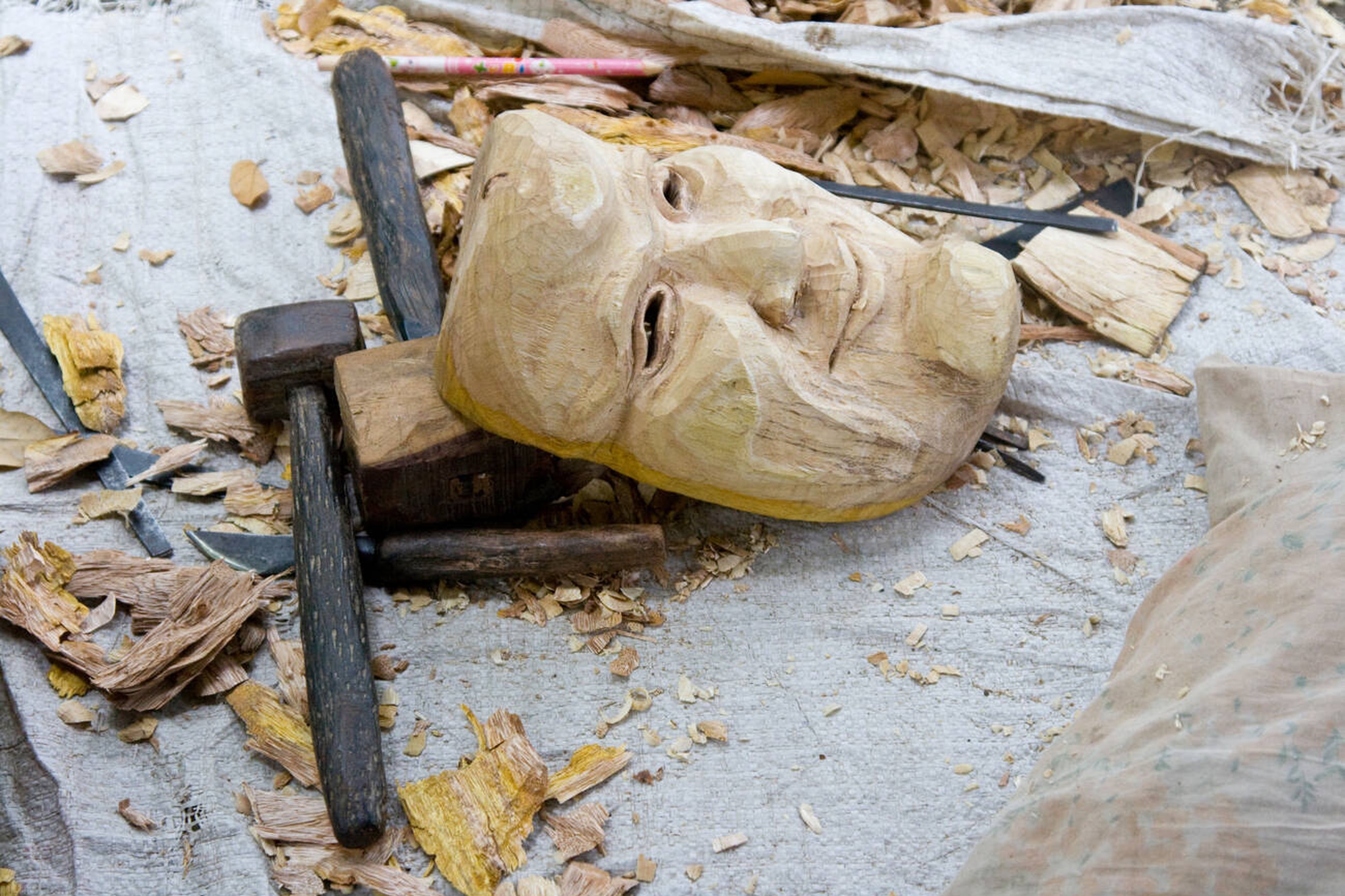
Before starting the carving process, a ceremonial offering is made to seek permission from the gods. The act of carving itself is considered a spiritual duty, where each chisel strike brings the mask closer to life. Once the carving is complete, the masks are painted with natural pigments, enhancing their vibrant colors and intricate designs. Each mask is unique and carefully crafted to convey specific expressions that range from serene to fierce, depending on the character it represents.
The Symbol Behind
Balinese masks are rich in symbolism, with each element carrying its own meaning. The design of a mask, including its color, shape, and expression, is carefully chosen to align with the character's role in the performance. For example, masks with calm and peaceful expressions are often used to represent noble figures or deities, while those with fierce, exaggerated features are reserved for demons and malevolent spirits.
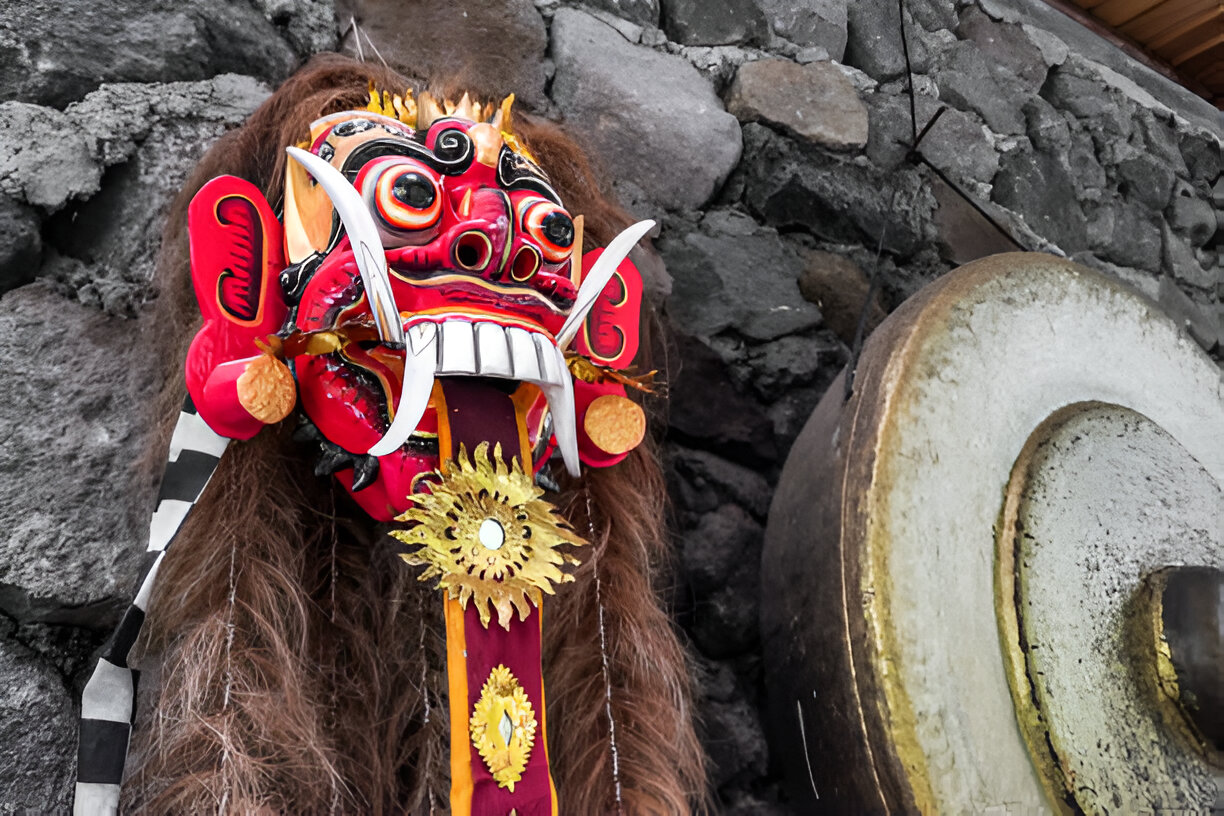
The colors used in the masks also hold symbolic meaning. White and yellow are often associated with purity and divine beings, while black and red are linked to more fearsome and demonic characters. These contrasts help convey the duality of life and the balance of opposing forces, a concept that is deeply embedded in Balinese philosophy.
Moreover, certain masks are believed to have protective powers. The Barong mask, for example, is said to embody the spirit of protection and is used in rituals to ensure the well-being of the village. The Rangda mask, on the other hand, represents chaos and destruction but also plays a vital role in maintaining cosmic balance.
Tapel in Religious Ceremonies
Aside from theatrical performances, Tapel plays a significant role in Balinese religious ceremonies. These masks are often used in temple rituals, where they serve as vessels for divine spirits. The Balinese believe that during these ceremonies, the spirits of gods or ancestors can inhabit the masks, allowing them to communicate with the living world. In these moments, the mask is no longer a mere object but a conduit for sacred energy.
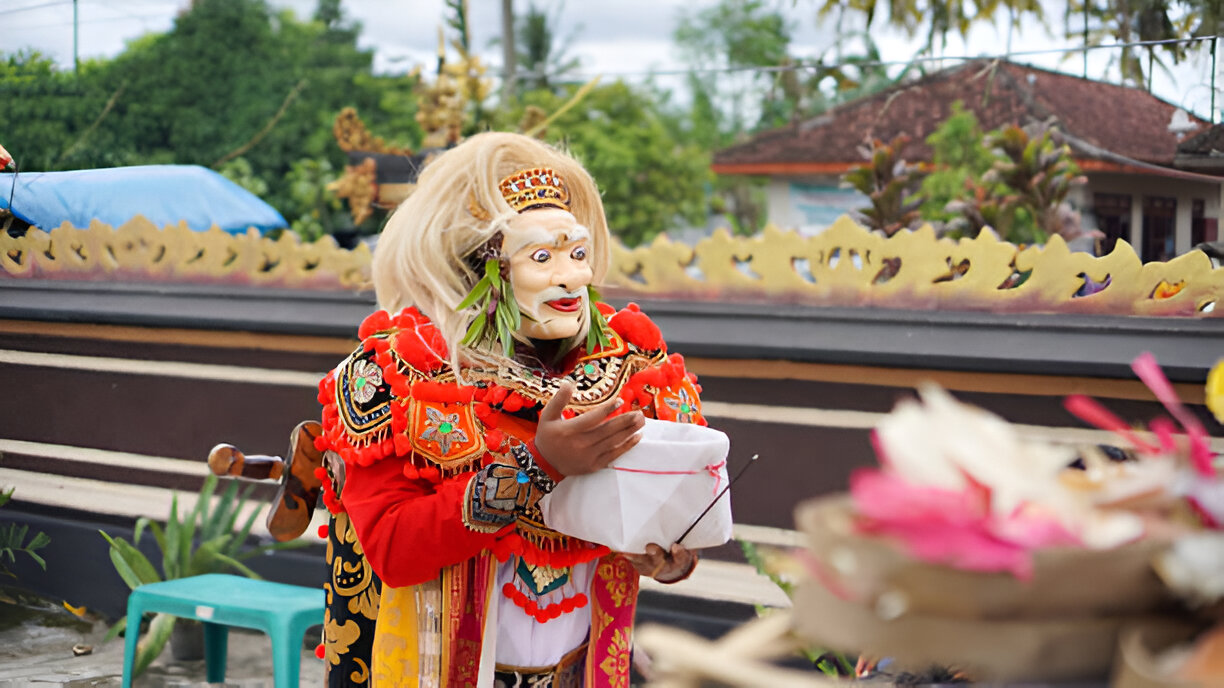
In some rituals, the mask-wearer is believed to enter a trance-like state, becoming temporarily possessed by the spirit the mask represents. This practice is a powerful demonstration of the Balinese connection to the spiritual world and their belief in the interdependence of human, natural, and divine forces.
The Enduring Legacy
Today, the art of Tapel continues to thrive, both as a traditional practice and as a source of inspiration for modern artists. Balinese masks remain integral to cultural festivals, temple ceremonies, and tourist performances, offering a glimpse into the island's rich spiritual and artistic heritage. Although modern influences have shaped some aspects of mask-making, many artisans remain committed to preserving the sacred traditions that have been passed down through generations.
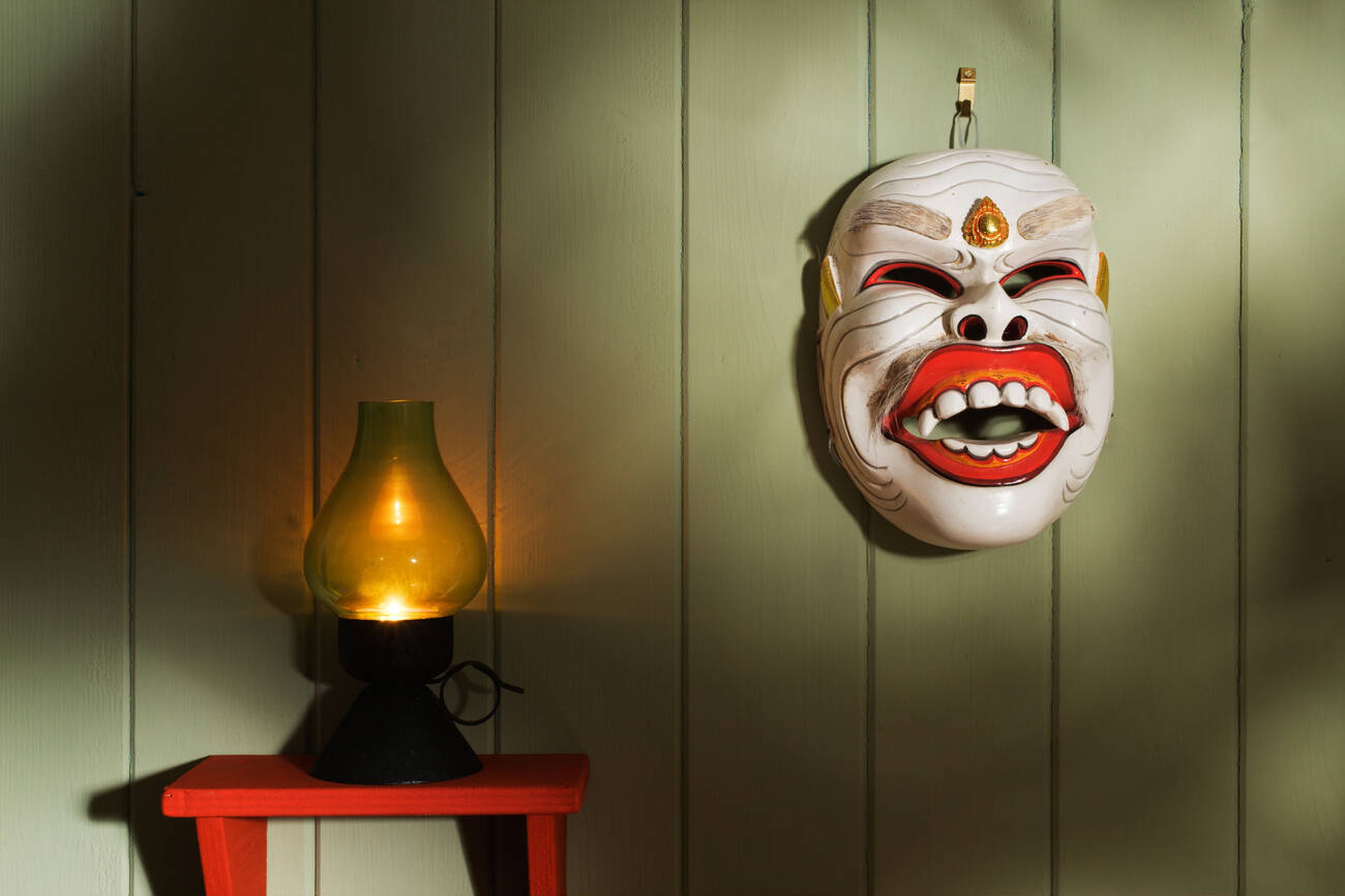
In recent years, Balinese masks have also gained international recognition, attracting the attention of collectors and art enthusiasts from around the world. Despite their growing popularity, these masks retain their spiritual significance in Bali, where they are still revered as more than just artistic creations.
Balinese masks, or Tapel, are far more than decorative objects; they are a profound expression of Balinese spirituality, history, and culture. Through their use in traditional dance, religious ceremonies, and artistic practices, these masks embody the island's deep-rooted belief in the interconnectedness of the physical and spiritual realms. The continued craftsmanship and use of Tapel ensure that this cultural tradition remains a vital part of Balinese life today.



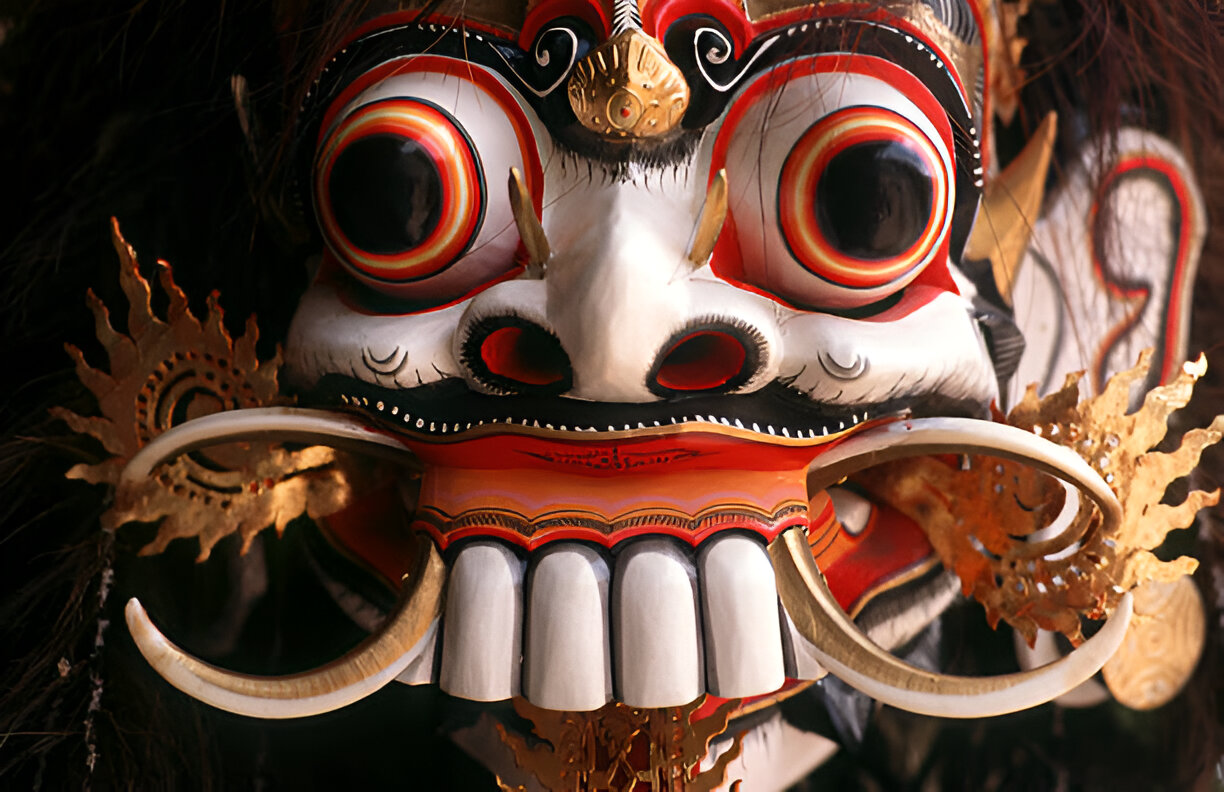
 Billy Bagus
Billy Bagus
 Oct 02, 2024
Oct 02, 2024


